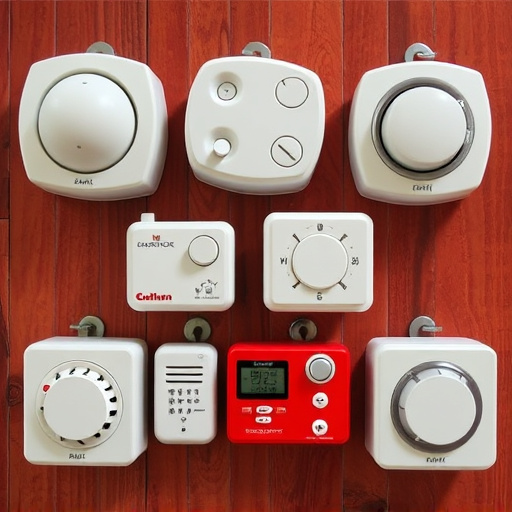Personal Safety Sirens offer powerful emergency response with loud sounds through wearable alarms, empowering users in isolated or high-risk areas. Balancing noise level and comfort, these devices aim to prevent false alarms that could lead to desensitization, using precise audio control and durable materials. Strategic deployment, testing, and maintenance ensure their effectiveness for personal safety without becoming a nuisance.
In today’s fast-paced world, ensuring personal safety is paramount. Wearable alarms with loud sirens emerge as powerful tools, offering individuals an extra layer of protection against potential threats. This article delves into the effectiveness of personal safety sirens, exploring how they can deter danger and save lives. We dissect the common causes of false alarms and provide strategies to prevent them. Additionally, design considerations for wearable alarm devices are discussed, along with effective deployment tactics for maximizing their impact.
- Personal Safety Siren: A Powerful Tool for Protection
- Understanding False Alarms: Causes and Prevention
- Design Considerations for Wearable Alarm Devices
- Effective Deployment Strategies for Loud Sirens
Personal Safety Siren: A Powerful Tool for Protection
Personal Safety Sirens stand as a powerful tool in enhancing individual security, particularly in situations where quick response is vital. These wearable alarms, equipped with loud sirens, are designed to draw immediate attention and deter potential threats, making them ideal for individuals who frequently find themselves in isolated or high-risk areas.
Unlike typical False Alarms that can lead to desensitization and overlook genuine dangers, Personal Safety Sirens are meticulously engineered to provide a reliable emergency response mechanism. Their piercing sounds cut through noise and distractions, ensuring that help arrives promptly. This technology empowers users to take control of their safety, instilling a sense of confidence in navigating potentially dangerous environments.
Understanding False Alarms: Causes and Prevention
False alarms in wearable alarms with loud sirens can be frustrating and even dangerous, disrupting daily life and potentially causing unnecessary panic. Understanding the causes behind these false triggers is key to minimizing their impact on personal safety. Common factors include accidental button presses, environmental noises mimicking alarm sounds, or sensitivity settings that are too high.
Prevention strategies involve regular maintenance of devices to ensure proper functionality, adjusting sensitivity levels accordingly, and training users to quickly recognize genuine alarms from false ones. Wearing the device correctly and being mindful of potential triggers can also significantly reduce false alarm occurrences, ensuring the siren’s effectiveness when it matters most for personal safety.
Design Considerations for Wearable Alarm Devices
When designing wearable alarm devices, one of the primary considerations is ensuring the alarm is loud enough to grab attention without causing false alarms. The personal safety siren should be capable of emitting a distinct, high-decibel sound to alert wearers and bystanders in case of danger. This requires precise control over the device’s audio output to avoid unnecessary disturbances or ‘false alarm’ issues, which could lead to desensitization among users.
Additionally, the design must factor in comfort and ease of use. Wearable alarms need to be ergonomically designed for prolonged wear without causing discomfort or hindrance to daily activities. Water resistance and durable materials are essential considerations given the potential for accidental activation during physical activities or exposure to harsh environments. A well-designed wearable alarm should strike a balance between loudness, usability, and reliability, ultimately enhancing personal safety without becoming a nuisance.
Effective Deployment Strategies for Loud Sirens
When deploying wearable alarms with loud sirens, strategic placement and smart activation are key. For optimal personal safety, position the siren close to the user’s dominant hand or body for quick access. Sensible deployment strategies also consider the environment. In public spaces, using a distinctive sound pattern that distinguishes genuine emergencies from false alarms can help reduce noise pollution and avoid unnecessary panic.
To maximize effectiveness, activate the siren only in life-threatening situations. This reinforces its impact as a serious warning signal, minimizing the risk of false alarm fatigue. Regular testing and maintenance are crucial to ensure the siren’s volume and clarity remain consistent over time, ensuring users rely on it when it matters most.
Wearable alarms with loud sirens offer a powerful tool for personal safety, but it’s crucial to understand and mitigate false alarm triggers. By considering design improvements and implementing effective deployment strategies, these devices can become even more reliable in emergency situations. As we navigate the world of personal safety technology, prioritizing both siren intensity and user experience will ensure these tools truly enhance, rather than disrupt, our lives.
